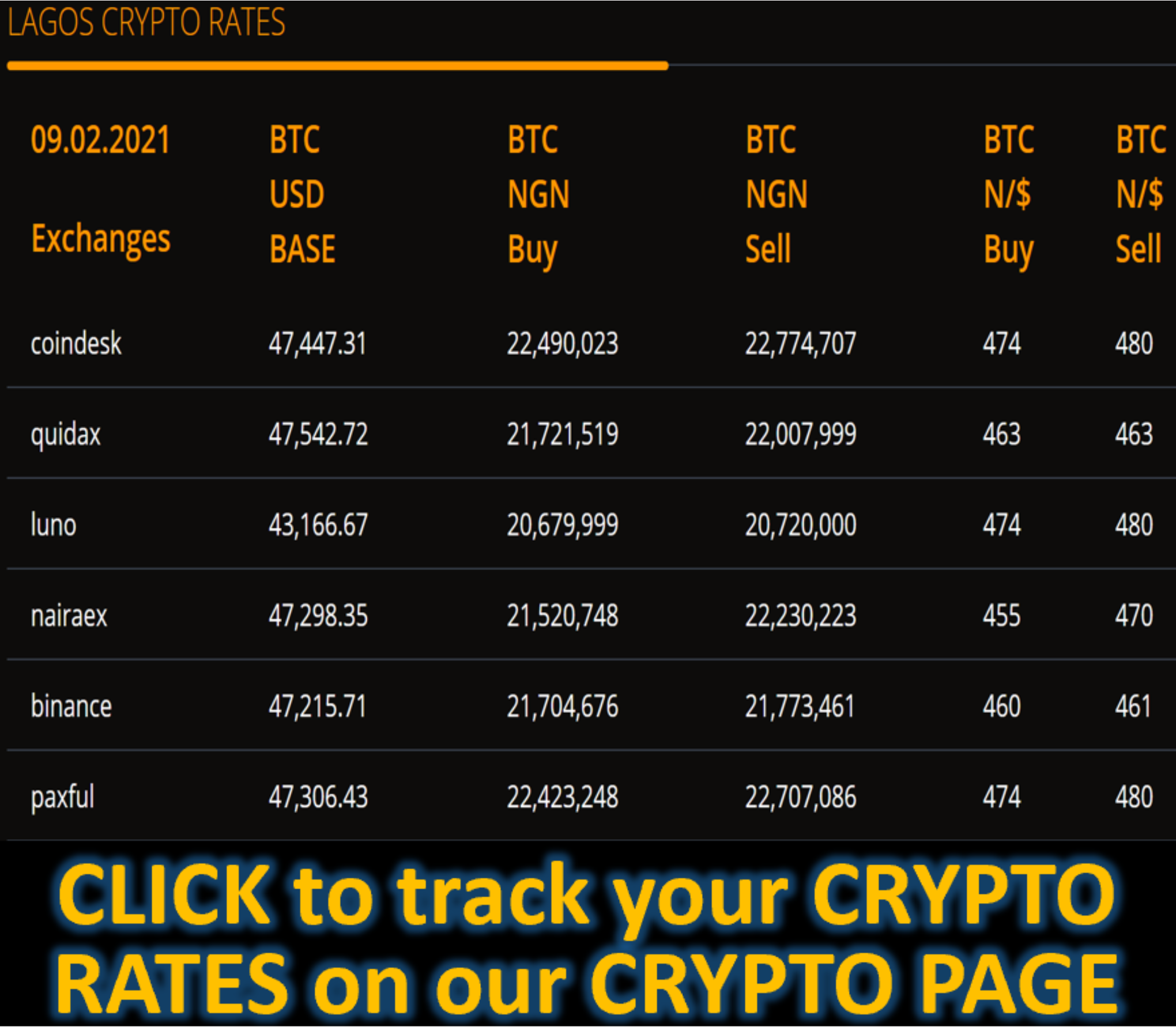Market News
Ghana’s New Central Bank Governor Surprises With Rate Hike - BLOOMBERG
BY Ekow Dontoh and Moses Mozart Dzawu
(Bloomberg) -- Ghana’s new central bank Governor Johnson Asiama showed his commitment to fighting inflation by unexpectedly raising the benchmark interest rate.
The monetary policy committee lifted the policy rate to 28% from 27%, Asiama told reporters at a press briefing in Accra, the capital on Friday. None of the five economists in a Bloomberg survey expected an increase - the first since July 2023. It was Asiama’s first policy decision since replacing Ernest Addison as governor in February.
The hike “is meant to re-anchor the disinflation process,” Asiama said. “I want to emphasize that as inflation becomes firmly anchored, as we see the next readings of inflation and we see declines, the committee will reassess the scope for a gradual easing in the policy stance.”
Ghana’s bonds maturing in 2035 eased 0.2% to 71.99 cents on the dollar at 4:00 p.m. in London, the lowest in two weeks. Notes due in 2037 declined 0.1% to 42.14 cents on the dollar.
A sharp depreciation in the cedi against the dollar up until November has kept Ghana’s inflation rate above 10% since September 2021 and contributed to it averaging 23% for the past year. The central bank targets inflation in a 6% to 10% range.
Cedi Stability
The governor said he expects the recent stability in the cedi to continue on the back of a build-up in reserves.
Ghana’s new government under President John Mahama, who took office in January, aims to lower inflation to 11.9% by the end of the year and forecasts economic expansion of 4.4% in 2025.
Ghana, once a popular destination for investors, is recovering from an economic crisis that led to it defaulting on its debt in 2022, forcing it to seek a $3 billion bailout from the International Monetary Fund.
The West African nation faces 150 billion cedis ($9.7 billion) of domestic debt service obligations alongside $8.7 billion of external debt over the next four years, Finance Minister Cassiel Ato Forson said earlier this month, describing them as “major humps.”
The central bank also plans to introduce a new 273-day bill to help it manage market liquidity, step up its monitoring of banks’ foreign exchange net open positions to ensure compliance and review the current structure of the cash reserve ratio to help support monetary policy.
Last month Asiama said he may introduce a single requirement as cash reserve ratio, which is currently tired, ranging from 15% for lenders with a loan-to-deposit ratio of above 55%, to 25% for banks with a ratio below 40%.
--With assistance from Joel Rinneby.
(Updates with more details from sixth paragraph.)









